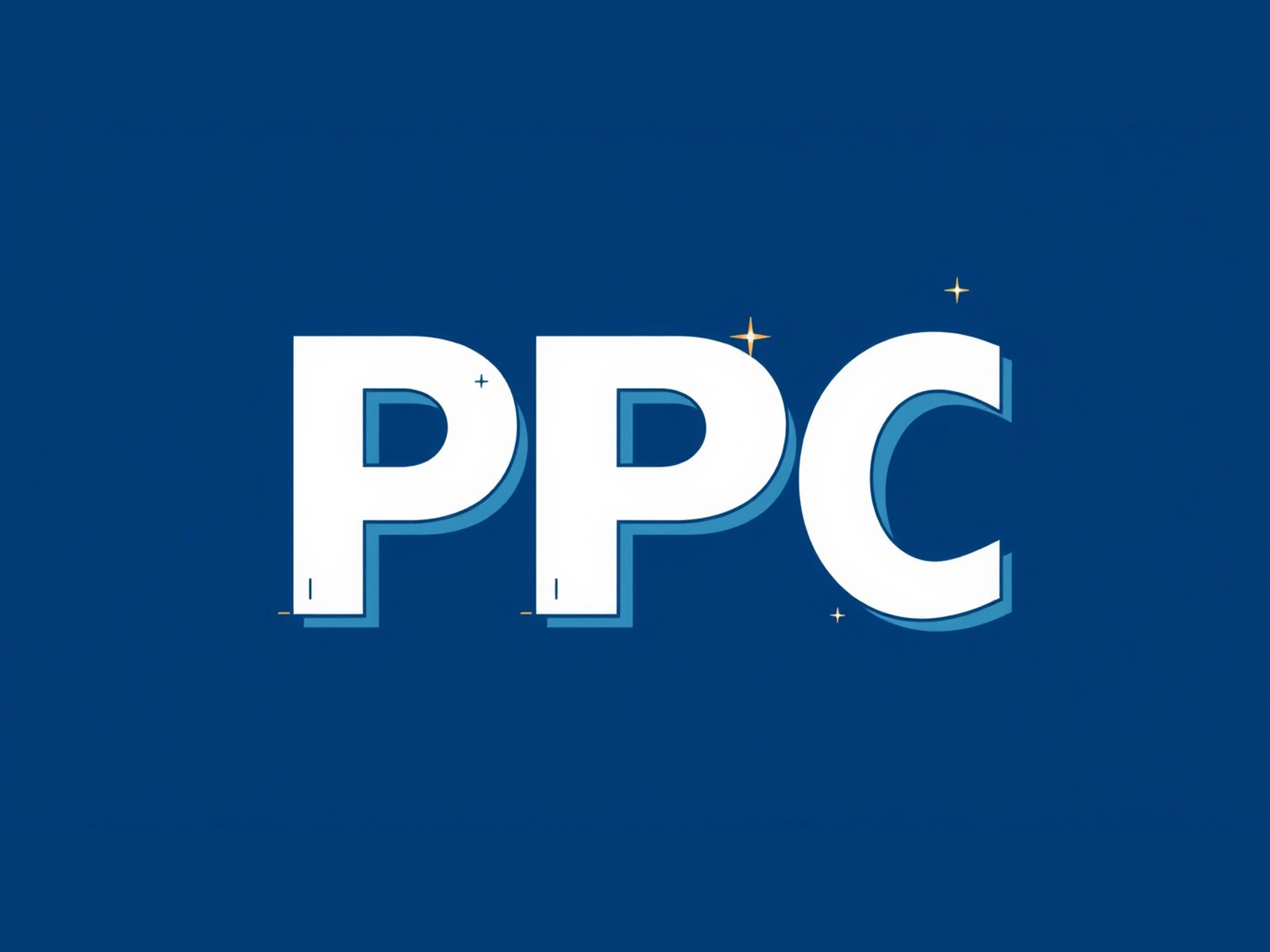AI search (or GEO — Generative Experience Optimization) is rapidly reshaping companies’ organic strategies. However, despite its powerful potential, it has clear limits. This article explores three key limitations of AI search for B2B marketing — and how marketers can overcome them.
A BrightEdge study found that 68% of brands across industries are already adapting their search strategies to keep up with the GEO wave. That’s a big number, but hardly surprising: since the launch of ChatGPT in 2022, even those far removed from technology have realized the world has changed.
Still, many B2B leaders haven’t fully grasped what GEO can do for their brands — and where it falls short. There’s no doubt that AI search, LLM search, or GEO (whatever you call it) is an essential part of a modern organic strategy. But overreliance on it creates gaps competitors can exploit.
Let’s explore three specific limitations of AI search in B2B marketing and how to address them:
- Building awareness for new niches and products
- Providing expert-level, contextual insights
- Ensuring real and perceived objectivity
AI Search Doesn’t Build Awareness for New Products and Solutions
Traditional search tools — SEO and PPC — aren’t designed to create demand. Their intent-driven nature depends on queries that already exist. People search for things they already know.
AI search faces the same issue, but with an additional layer of complexity. It indexes new content more slowly than traditional search engines because it must wait for them to do so first. As a result, visibility for new products or solutions takes even longer to build.
How Marketers Can Respond
The advice is simple but effective: use a “Trojan horse strategy.” Connect your new product or service to existing, well-established search topics. If you’ve already built awareness around a related term, use it as a bridge. Gradually redirect users’ attention by planting new associations where awareness already exists.
Example: if you’re promoting a new type of CRM system, start by creating content around “sales automation” or “customer analytics,” then subtly introduce your product into those discussions.
AI Search Falls Short on Deep, Contextual Advice for Experts
In the B2B space, the buying journey is longer and more complex than in B2C. Decisions are made by multiple people — from the CFO to a junior procurement specialist — and all of them need context to feel confident in their choice.
AI search doesn’t always provide that context. Yes, it excels at finding a “needle in a haystack” — precise answers to narrow questions. For example, it can easily surface “how to tap home equity without refinancing a mortgage.”
But when it comes to broader or strategic queries, such as “how to modernize my warehouse,” results often feel shallow or generic. The model can’t account for unique factors — company size, budget, or business goals.
So, we can say: AI search finds the needle, but it doesn’t build the haystack.
Moreover, hallucinations (invented facts) remain a problem for ChatGPT and its competitors. Even newer models only “improve accuracy” — they don’t guarantee it. In B2B, where credibility and precision matter, relying on such outputs can be risky and costly.
How Marketers Can Respond
Create content that fills these gaps in depth and trust:
- Whitepapers, case studies, analytical reports, user guides, and best-practice documents.
- Adopt a multi-layered presence across different platforms.
Experts recommend using the principle of “triangulation” — be visible wherever your audience searches for information: in LLMs, Google, Reddit, industry directories, and your owned media.
This builds trust. When users encounter your brand across multiple credible sources, they’re more likely to see it as authoritative and reliable.
AI Search Lacks Real — and Even Perceived — Objectivity
Data shows that users trust Google’s results more than ChatGPT’s. And if that sounds like a biased claim (since it comes from a Google product), that’s exactly the point — it illustrates the problem.
AI search isn’t always objective. It often doesn’t cite its sources or references content generated by the same brands it lists in its responses.
For example, if an AI model lists “top SaaS providers in the industry,” it might be relying on those companies’ own optimized content. That doesn’t necessarily mean they’re truly the best — just that their content performed well in GEO.
While users can ask LLMs to show their sources, most don’t. They expect a quick, ready-to-use answer — not a list of links to verify.
So, even though AI search delivers convenient summaries, its results often lack verifiable accuracy.
How Marketers Can Respond
When users generate shortlists through AI, their next step is usually validation — checking those brands on Google. They look for reviews, case studies, and implementation examples — all things LLMs currently fail to provide.
Data shows that since ChatGPT’s launch, users still rely on Google Reviews, G2, Capterra, and brand case studies to make final purchase decisions.
B2B marketers should think like their potential customers:
- Where do people go to verify information after using ChatGPT?
- What signals of trust are they seeking?
Work closely with your sales team to understand how prospects evaluate options.
Develop owned media that offers the depth and specificity LLMs lack.
At the same time, build third-party credibility — external reviews, rankings, industry coverage, and expert mentions.
Without these layers, there’s a “leak” between the middle and bottom of the funnel: a user might discover your brand via AI search but fail to find enough proof to convert.
Building a Complete Strategy Beyond AI Search
AI search continues to evolve. Over time, models may begin integrating verified sources, rankings, and reviews. But until that happens, marketers must plan their strategies around AI’s current weaknesses.
In the coming years, the most successful brands will be those that combine the power of AI search with traditional marketing tools — SEO, content marketing, analytics, and human expertise.
AI can find the “needle,” but building the “haystack” — a full ecosystem of awareness, trust, and demand — still requires a human marketer’s mind.






